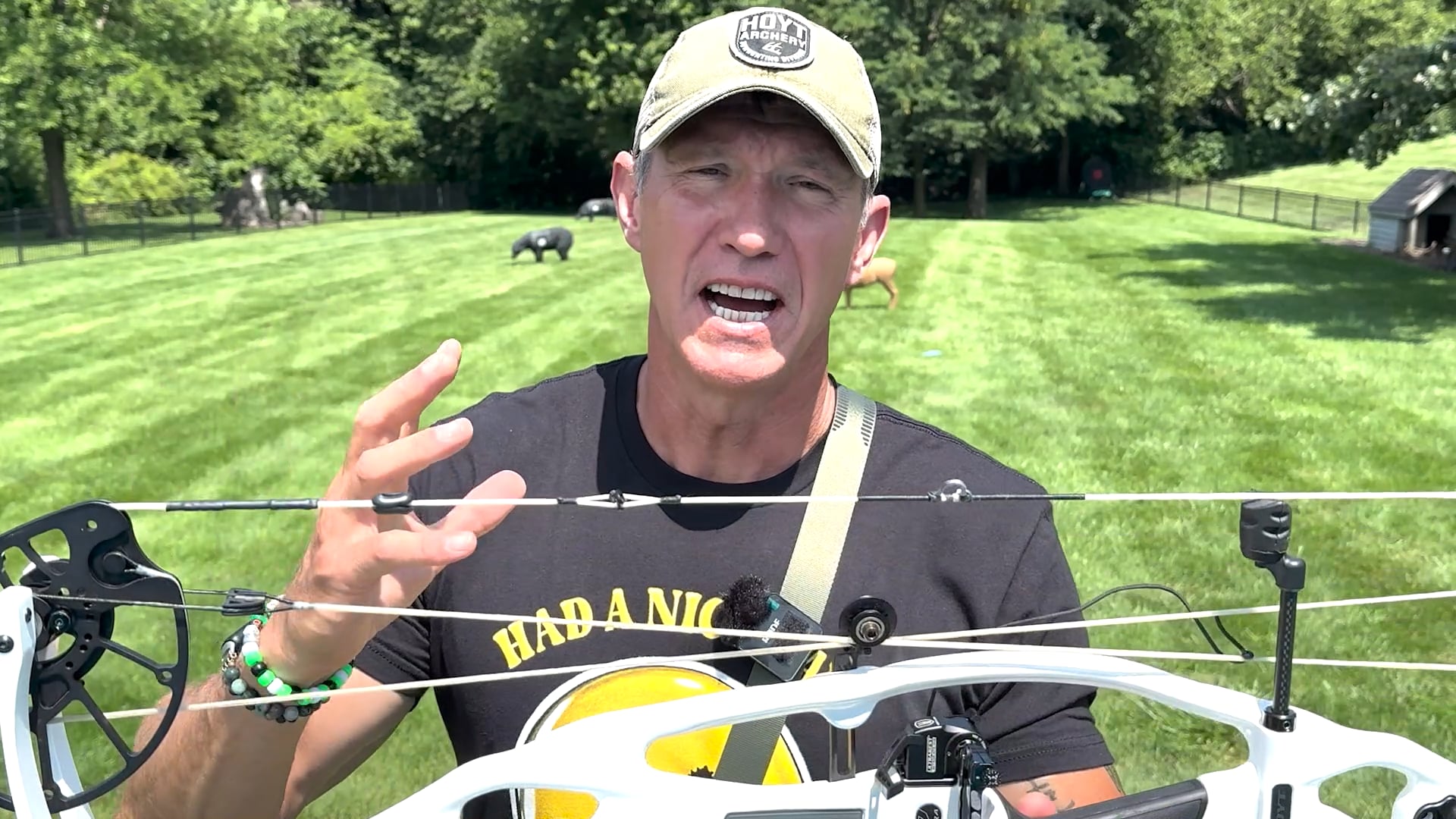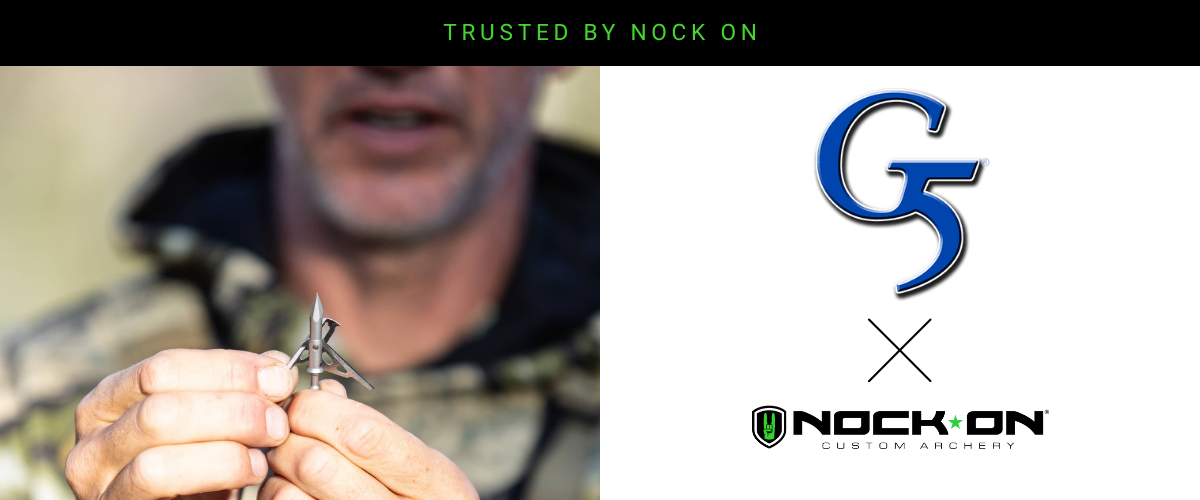The days are getting shorter. The morning air carries that first hint of fall. It’s time to shift from my summer training setup to my hunting rig.
This transition requires patience. Just like an athlete periodizing their training for peak performance when it matters most, my strategic four-week approach puts me at my best when opening day arrives.
I want to show you how I make this shift, breaking down the incremental changes that turn my training bow into my hunting machine.
The Philosophy Behind Gradual Transitions
When switching from my training setup to my hunting configuration, I make deliberate, incremental changes. Changing too much at once is a recipe for inconsistency.
Over my seven months of summer training, my body has developed muscle memory with my current setup. Those neural pathways are deeply ingrained. Sudden, wholesale changes force my body to adapt too quickly, often leading to form compensations that can derail accuracy.
By spreading these modifications across four weeks, I give myself time to absorb each change and maintain confidence. This approach follows the same 21-day window I’ve always used when preparing for major championships: enough time to dial in equipment and technique without risking burnout.
The gradual transition gives me new elements to focus on each week. This keeps practice engaging rather than monotonous. When you’re putting in the reps day after day, fine-tuning new variables maintains your mental sharpness and prevents you from going through the motions.
Week 1: Draw Weight and Arrow Changes
At first, I’ll change two fundamental aspects of my setup: draw weight and arrow configuration.
Poundage Progression
During summer training, I keep my bow at approximately 60 pounds.
This lighter weight allows for higher volume shooting without fatigue, which proves critical when I’m working on form refinement. For hunting, however, I’ll gradually work up to 73–74 pounds for increased penetration and energy transfer.
The secret is incremental progress. I’ve already bumped up about four pounds from my training weight. Each week, I’ll add roughly three more pounds until I reach my hunting draw weight.
This controlled increase prevents strain injuries and gives my muscles time to adapt to heavier loads.
Arrow Modifications
My hunting arrows differ from my training arrows:
- Weight: My hunting arrows are approximately 80 grains heavier, providing better momentum and penetration through game.
- Fletching: I’ve switched from small, low-profile vanes to larger fletching capable of steering broadheads effectively.
- Nocks: I’ve installed lighted nocks, which slightly change the weight distribution and nock fit.
These changes create a different arrow flight characteristic, one with more arc because of the increased weight. Getting comfortable with this altered trajectory now prevents surprises in the field.
Week 2: Sighting System and Stabilization
As week two approaches, I’ll modify my sighting system and alter my stabilization setup.
Sight Adjustments
I’ve already made several changes to my sighting system:
- Increased peep aperture: A slightly larger peep sight opening allows better visibility in low-light hunting conditions.
- Added sight light: I’ve mounted a light to illuminate my pins for those dawn and dusk hunts when natural light falls short.
These modifications require adjustment time. The different sight picture through the larger peep subtly affects anchor point and alignment.
Working through these changes now makes them second nature when I’m at full draw on an animal.
Stabilization Evolution
By next week, I’ll transition from my target stabilization setup to a hunting configuration:
- Removing the back bar: The side stabilizer comes off completely for hunting. It’s too cumbersome when moving through brush or maneuvering in a blind.
- Shortening front stabilizer: I’ll swap my longer target stabilizer for a compact hunting version that won’t catch on branches or make noise.
- Adding quiver weight: The bow-mounted quiver creates an asymmetrical weight distribution that requires adaptation.
Each of these changes affects how the bow balances and settles at full draw. By making them progressively, I maintain accuracy through the transition.
Weeks 3–4: Fine-Tuning and Mental Preparation
During the final two weeks before the season, I finish the transition and build confidence with my complete hunting setup.
Release Aid Transition
I recently switched from my Silverback tension release (which I’ve shot religiously for seven months) back to my Nock 2 It thumb trigger for hunting. This change alters my shot execution process.
Training with the tension release has improved my thumb trigger shooting. The back tension principles carry over, resulting in cleaner, more consistent execution.
This cross-training effect is exactly why I vary my equipment strategically throughout the year.
Arrow Rest Silencing
I’ve applied felt to my arrow rest to eliminate noise: critical for hunting but unnecessary during target practice.
This small change slightly affects arrow position and nock height, requiring minor tuning adjustments to maintain perfect arrow flight.
Final Preparations
In these last weeks before the season starts, I’ll continue running my Power of Four practice routine: shooting four-arrow groups and gradually working up to six-arrow sequences.
I alternate between:
- Focused groups at single distances
- “Running the gauntlet” with single arrows at varied distances
- Simulated hunting scenarios
This varied approach builds technical precision and the adaptability I need for field conditions.
The Payoff of Purposeful Preparation
As opening day approaches, this methodical transition keeps me dialed in with my hunting setup. The gradual changes preserve accuracy and allow me to adapt to my hunting rig’s characteristics.
The seasonal transition also refreshes my mental approach. Focusing on new details during each practice session combats the monotony that can develop during extended training blocks.
Archery skills are perishable, so don’t wait until the week before season to dust off your bow. Start your transition process now. Make incremental changes that allow your body and mind to adapt and maintain confidence and consistency.






 massmonopoly
massmonopoly